Growing Awareness of Histopathology
The Vacuum Tissue Processor Market is experiencing growth due to the increasing awareness of histopathology among healthcare professionals and patients. As the importance of accurate tissue diagnosis becomes more recognized, there is a corresponding rise in the demand for high-quality tissue processing solutions. Educational initiatives and training programs are being implemented to enhance understanding of histopathological techniques, which in turn drives the need for advanced vacuum tissue processors. This heightened awareness is likely to result in a market expansion of approximately 7% over the next few years, as more healthcare facilities seek to upgrade their equipment to meet the evolving standards of tissue analysis.
Rising Incidence of Chronic Diseases
The Vacuum Tissue Processor Market is significantly influenced by the rising incidence of chronic diseases, which necessitates advanced diagnostic tools. As healthcare providers strive to improve patient outcomes, the demand for accurate and timely histopathological analysis has surged. Chronic diseases, such as cancer and cardiovascular conditions, require extensive tissue examination for effective diagnosis and treatment planning. This growing need for precise tissue processing is expected to propel the Vacuum Tissue Processor Market forward, with estimates suggesting a market value increase of over 15% in the next five years. Consequently, healthcare facilities are investing in high-quality vacuum tissue processors to enhance their diagnostic capabilities, thereby driving market growth.
Expansion of Healthcare Infrastructure
The Vacuum Tissue Processor Market is positively impacted by the expansion of healthcare infrastructure in various regions. As countries invest in improving their healthcare systems, there is a growing need for advanced diagnostic tools, including vacuum tissue processors. New hospitals and laboratories are being established, particularly in emerging markets, which creates a demand for efficient tissue processing solutions. This expansion is expected to drive the market growth, with projections indicating an increase in market size by 10% in the coming years. The establishment of modern healthcare facilities is likely to enhance the accessibility of advanced diagnostic services, further propelling the adoption of vacuum tissue processors.
Increased Focus on Research and Development
The Vacuum Tissue Processor Market is benefiting from an increased focus on research and development in the biomedical field. As scientific research expands, the need for high-quality tissue processing becomes paramount. Researchers require reliable and efficient processing systems to obtain accurate results in their studies. This demand is reflected in the growing number of research institutions and laboratories investing in advanced vacuum tissue processors. The market is projected to witness a compound annual growth rate of around 5% as more institutions recognize the importance of investing in state-of-the-art equipment. This trend not only enhances research capabilities but also contributes to the overall advancement of medical science.
Technological Advancements in Vacuum Tissue Processors
The Vacuum Tissue Processor Market is experiencing a surge in technological advancements that enhance the efficiency and accuracy of tissue processing. Innovations such as automated systems and improved vacuum technology are streamlining workflows in laboratories. These advancements not only reduce processing times but also minimize human error, which is crucial for maintaining sample integrity. The introduction of smart features, such as real-time monitoring and data analytics, allows for better control over the processing environment. As a result, laboratories are increasingly adopting these advanced systems, leading to a projected growth rate of approximately 6% annually in the Vacuum Tissue Processor Market. This trend indicates a strong shift towards automation and precision in histopathology, which is likely to drive further investments in research and development.


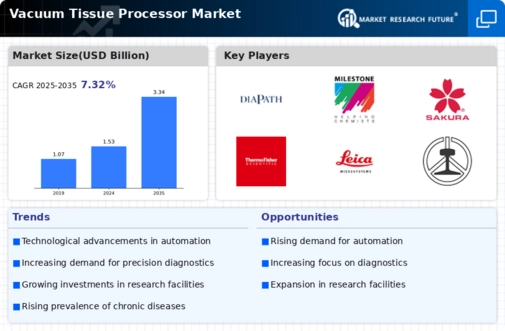
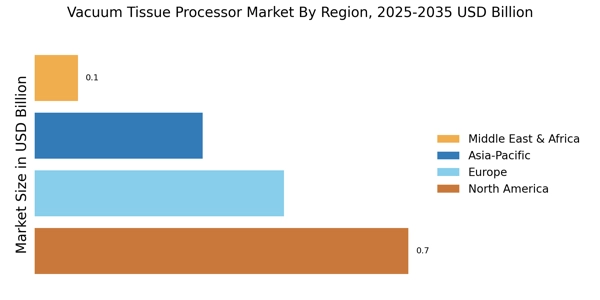
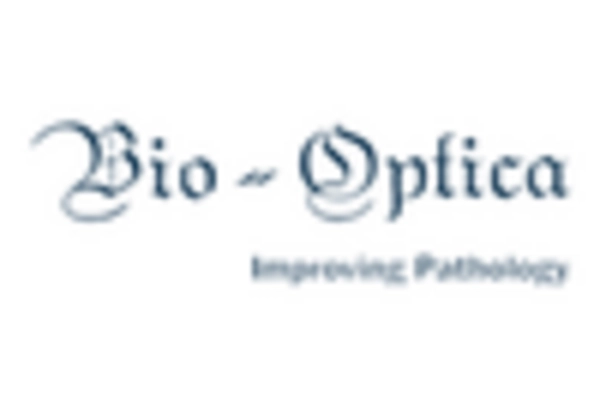
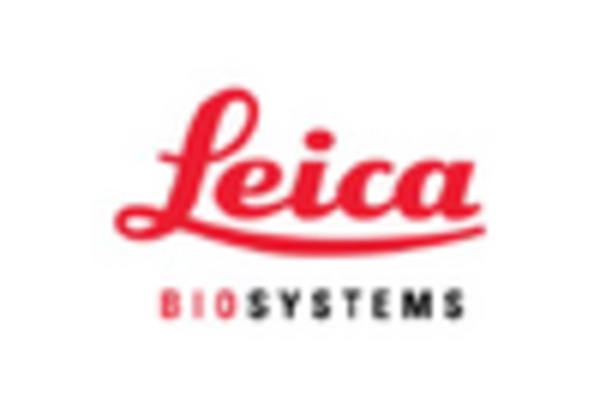

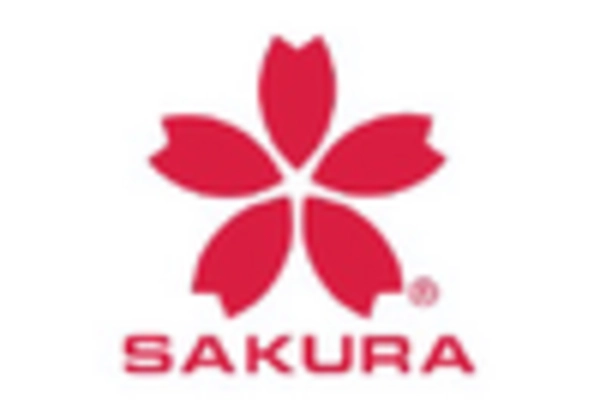

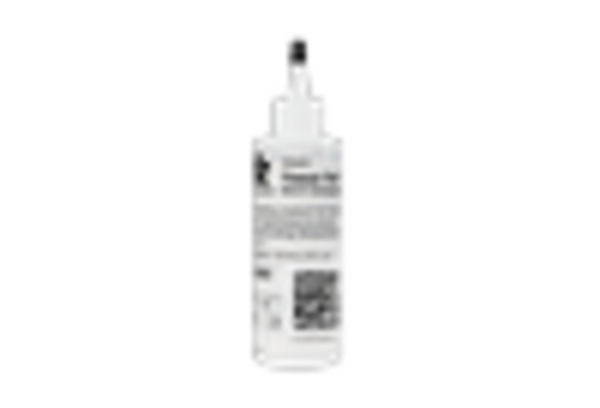








Leave a Comment